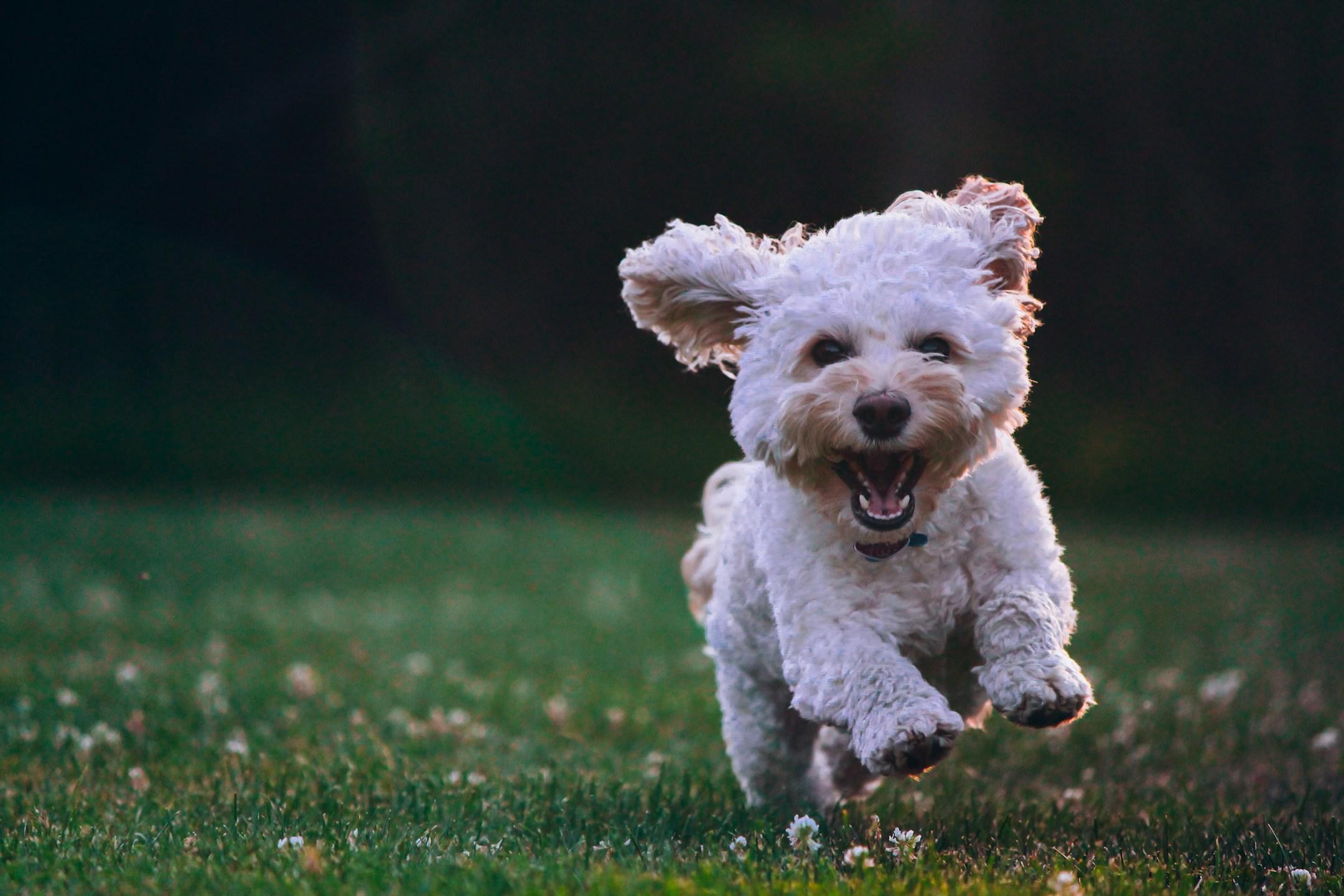Website designed with the B12 website builder. Create your own website today.
Start for free
Bringing a new dog into your home is an exciting adventure, filled with joy, love, and the promise of a lifelong friendship. However, alongside the fun comes the responsibility of training your furry companion. Discovering effective dog training techniques that every new dog owner should know is crucial to fostering a strong bond with your pet. A well-trained dog not only enhances your relationship but also contributes to a harmonious household, ensuring that both you and your canine friend can thrive together.
In this blog post, we will explore key tips for new dog owners aimed at enhancing obedience and trust. By focusing on essential behaviors and effective training strategies, you’ll set the foundation for a successful partnership with your pet. Whether you’re teaching basic commands, understanding your dog’s body language, or establishing routines, these insights will empower you to create a positive learning environment. With patience and consistency, you can unlock your dog’s full potential and enjoy a rewarding companionship for years to come.
Discover effective dog training techniques to build a lasting connection
Building a strong bond with your new dog starts with understanding effective training techniques that foster communication and trust. One of the most impactful methods is positive reinforcement, which encourages desired behaviors by rewarding your dog with treats, praise, or playtime when they respond correctly. This approach not only promotes learning but also strengthens your relationship, as your dog associates training with positive experiences. Consistency is crucial in this process; always enforce the same commands and reward system to help your pup grasp what is expected of them.
Another vital technique involves establishing a routine that includes regular training sessions. Dogs thrive on structure, and setting aside dedicated time each day for training fosters discipline and encourages better behavior. During these sessions, incorporate a variety of commands and skills to keep your dog engaged and mentally stimulated. Exercises like sit, stay, and recall are excellent starting points. Remember, patience is a key ingredient in building a lasting connection with your dog, so celebrate small victories and enjoy the process of learning together.
Key tips for new dog owners to enhance obedience and trust
Building a trusting relationship with your dog is vital for successful training. Start by establishing clear communication through consistent commands, gestures, and positive reinforcement. Dogs thrive on repetition and routine, so use the same words and signals for commands like sit, stay, or come. This consistency will help your dog understand what you expect. Reinforce good behavior with treats, praise, or playtime, which will motivate your dog to repeat those positive actions. Remember that patience is key; help your dog learn at their own pace and avoid frustration by breaking tasks into smaller, manageable steps.
Socialization plays a vital role in your dog’s development and trust-building. Expose your dog to various environments, people, and other animals in a safe manner. This helps your pet become more adaptable and reduces fear or anxiety in unfamiliar situations. Organize playdates with other friendly dogs and take trips to different parks or pet-friendly stores. Gently guiding your dog through new experiences fosters confidence and an understanding that the world is a safe place. By incorporating these key tips into your training routine, you'll create a strong bond of trust and obedience with your new furry friend.
Essential behaviors every new pet owner should focus on for successful training
Focusing on key behaviors during training can significantly enhance your dog's obedience and strengthen your bond. Start with essential commands such as sit, stay, and come. These foundational commands not only improve your dog's responsiveness but also provide a sense of security for your pet. Consistency is crucial; use the same cues for commands, and practice them in various environments to help your dog generalize their understanding. Regular practice, even in short sessions, can lead to better retention and a more obedient companion.
Another vital behavior to address is socialization. Exposing your dog to different people, pets, and environments helps reduce anxiety and promotes positive interactions. Gradually introduce your dog to new experiences, ensuring that each encounter is positive. Be patient and give your pet plenty of time to acclimate. Additionally, teach your dog to walk on a leash politely. Loose-leash walking not only improves your control but also helps your dog learn boundaries and proper manners in public settings. By focusing on these essential behaviors, you'll create a solid foundation for a well-trained and happy pet.